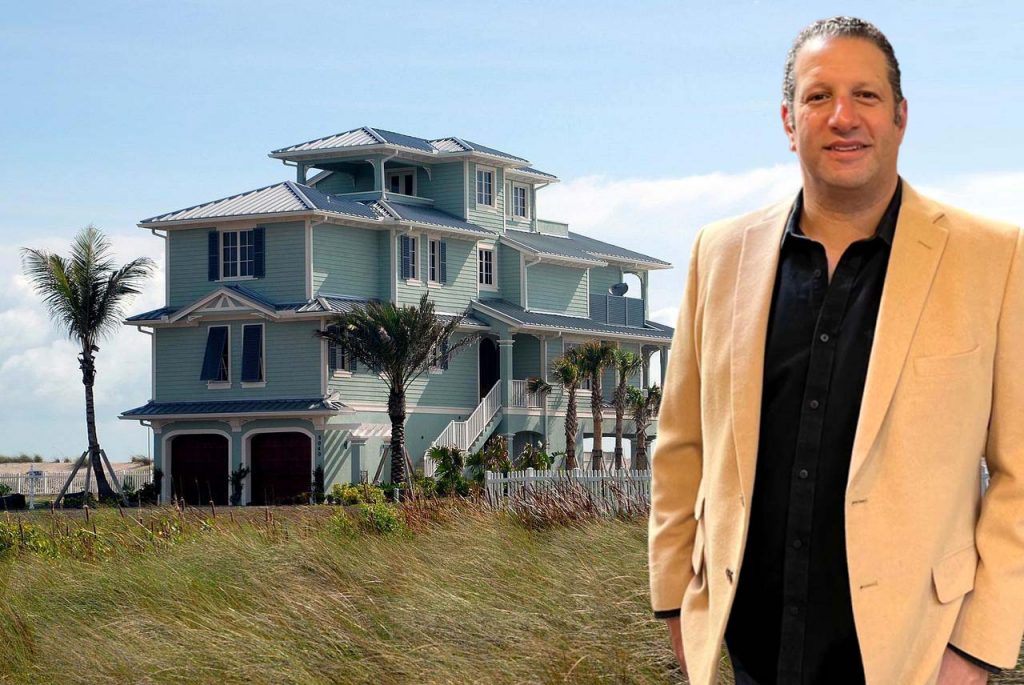New Yorkers will be confronted with various styles and real estate terminology as they prepare to buy an apartment or house.
There are many housing options in New York City. New Yorkers can choose single-family detached houses on tree-lined Queens streets or elegant high-rises that offer stunning views over Manhattan and Brooklyn. Buyers can look at prewar buildings with high ceilings and full-service doorman buildings brimming over with amenities one day or check out buildings built before World War II. Albert Dweck will guide you to the best suggestion.
Previous Real Estate has compiled a guide that explains the various types of properties you will find in NYC.
There are many types of property in NYC:
- Prewar co-ops
- Townhouses
- Lofts
- Condos under construction
- Condos for luxury resale
- Single-family homes
- Multi-family homes
- Prewar co-ops
The profile of NYC’s prewar buildings is dominated by brick-clad buildings that rise high into the sky. These units were generally built before World War II and feature elaborate woodwork, large windows and intricate plaster fixtures. Although experts disagree on the exact date, others attach the term to buildings built before the Spanish American War. These buildings can be found all over Manhattan, especially on the Upper East Side or Upper West Side.
These NYC treasures are sturdy apartments that offer owners a unique unit with lots of character. The poured concrete floors and hardy plaster walls are below the hardwood floors. This creates a peaceful oasis from the noise of other styles of apartments.
Large rooms resemble single-family homes with high ceilings and elaborate crown moldings. These units are often designed with a separate kitchen and dining area, appealing to some buyers but not all. Although the charm of a prewar unit is attractive, buyers looking to purchase one should ensure that the plumbing and electrical systems are in good condition. It can be costly to have them updated.
Co-ops are a common form of prewar building. Although they may be more affordable than condos, they must meet strict liquidity requirements after closing and undergo rigorous board approvals.
Townhouses
New Yorkers will be able to find old-fashioned attached townhouses that are reminiscent of old New York when they walk the streets. Townhouses, similar to prewar buildings, are typical in Manhattan but can be found throughout Brooklyn. Depending on when they were built, some townhouses have clapboard siding while others have brick, vinyl or the iconic brownstone appearance. These single-family, multi-story residences are situated on large plots of land. Developers created elaborate private entrances at street level. These properties may have their backyard gardens, depending on their size.
NYC townhouses are characterized by their historic atmosphere. This is evident in the finely crafted crown moldings, carved banisters, and other details that lead homeowners to higher levels. These sprawling homes have separate dining rooms and kitchens that can be used for both simple meals or grand dinner parties.
However, as prewar cooperatives, buyers should consider electrical and plumbing systems. Replacing these functions can cost new homeowners thousands.
Albert Dweck, Many townhouses have been renovated and put up for sale. Some houses feature rebuffed hardwood floors while others feature exposed brick walls. Because each room has multiple windows, these properties can soak up natural light.
Lofts
Lofts are the epitome of apartment-style living. Loft spaces in NYC today are open floor plans that connect living spaces and eating spaces. New construction condos offer luxury lofts that are located in luxurious condominiums. Buyers who search the market may still be able to find original lofts from the days of the artist movements in NYC.
These units are now very popular, but they were first established in NYC in the 1950s and 1960s as a haven for budding artists. Artists communities in SoHo and TriBeCa popularized the style.
Lofts were often spacious and had great locations in New York City’s heart. City Hall wanted Manhattan’s outskirts to be demolished to make way for the Lower Manhattan Expressway, connecting the Holland Tunnel with the Williamsburg Bridge. Lomax was a proposal that brought landlords and tenants together, helping preserve these historic buildings and their iconic apartments.
Lofts are trendy today. Some lofts take up an entire floor and offer owners plenty of space to create their layout. A converted freight elevator may be available for residents depending on their building’s age. This allows them to walk straight to their floors.
Condos under construction
New construction units are the best choice for modern buyers who want an easy, seamless move in experience. Developers have created state-of-the-art condo buildings with better amenities and views in recent decades.
These buildings are equipped with smart-home technology and offer de facto amenities like gyms, pools, and playrooms. Some facilities offer extras such as movie screening rooms, virtual golf, and rock climbing walls.
NYC is little inland. Developers will buy the plots and gather air rights to build if the property owner sells an old residential or industrial building. Not all new construction buildings have charming penthouse apartments tower over the water. Many new boutique condos offer three- and four-story living spaces. These units can be found in Queens and Brooklyn, where there were once dated homes. These buildings offer modern electrical and plumbing systems and are ready for you to move in. Many developers strive to achieve LEEDs certification and use environmentally friendly building materials. Developers announce the construction of new buildings and buyers rush to get their luxury units.
Condos for luxury resale
Many luxury condo buildings with full-service amenities are scattered throughout New York City. These iconic New York buildings have uniformed attendants who work at the concierge desk. They greet residents and manage packages. Buyers will need to look at several luxury condo buildings for resale to determine what they are looking for. Prewar cooperative buildings located near Central Park Avenue and the avenues bordering it are called traditional buildings. Some attendants are dressed in dated uniforms with white gloves, and offer full-service assistance to residents depending on their condominium.
Attached and detached single-family homes
Albert Dweck says, Developers, transformed large tracts in Queens and Brooklyn farmland into detached and attached single-family homes when families moved out of Manhattan in the late 1800s.
Bay Ridge in Brooklyn and Astoria, Queens, have large numbers of single-family detached and attached homes. These properties usually have two stories, with a downstairs dwelling sometimes. These homes are often set back from the street and have space to grow a garden. Single-family homes can have their driveways and garages for residents.
Attached homes are separate from detached homes, while attached homes share a wall with nearby buildings. Owners should set aside money to repair the property as they are the sole owners.
Multi-family homes
New Yorkers looking to invest in real estate rentals or for multi-generational living arrangements should consider multi-family homes.
Multi-family residential properties can have two to four units in each building. This allows you to make passive income or rent multiple long-term rental properties while still living on-site. A building with renters can be a financial boon. This can cover the cost of the mortgage required to buy these properties and can also create potential long-term appreciation. New Yorkers who purchase a multi-family property must be fiscally responsible and maintain it and make repairs as necessary.
This is a significant difference between condo and co-op ownership. These properties require a lot of time and energy, but owners can make a solid passive income while helping other NYC residents find new homes.

